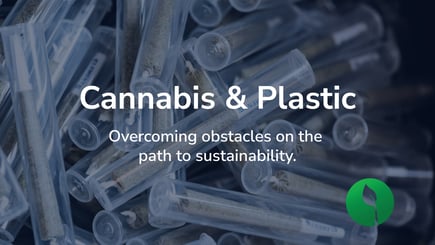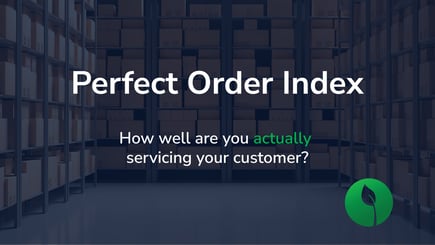
CEO Colton Griffin shares his insight on how cannabis companies should choose their software in an article published in Cannabis Business Executive on September 21, 2021.
“With so many options, and so much riding on the decision, searching for software can be paralyzing for business owners and chief technology officers,” explains Griffin. “Some of you probably dream of a single solution that will handle everything. I’m afraid that when you wake up, you’ll see that a solo software savior isn’t realistic — but that doesn’t mean you’re destined for a nightmare.”
Griffin further outlines that what is realistic and valuable is one software that serves as your company’s single point of truth, the repository of master information on which business decisions are made. From there other software can pull data to help manage materials planning, order capture, financial reporting, and other areas of the business.
Large corporations have the ability to develop their own software to achieve their specific business goals, however, most cannabis-related businesses don’t have those types of resources. For example, Griffin discusses how Flourish, while producing software in-house, relies on 30 other types of solutions built outside of the company to run the day-to-day operations. “Even for us, it didn’t make sense to try to reinvent something like a customer relationship management (CRM) tool,” says Griffin.
A few tips to remember:
- Choose your software anchor to serve as your single point of truth and assist with your enterprise resource planning (ERP), that keeps a finger on the pulse of company data.
- Look for separate components of your technology stack that perform specialized functions but still sync with your central ERP.
- Once you buy your core system, it’s particularly important that each department head be trained to own their relevant tool, such as your sales chief working with the CRM.
- Don’t forget to secure access when deploying and bringing employees into or out of the company, and you’ll need to balance training costs with the number of tools you buy.
- Going forward, think about your current needs and the ability to scale up or swap out solutions while keeping your foundation in place. A solid ERP and integrated components will allow your team to make better informed decisions, respond to supply partners and compliance officials in a heartbeat, and fully understand your profit and cost of goods sold.
“Getting your technology stack right will let you focus on building your business, which is the most important step of this journey,” says Griffin.
To read the article click here.




